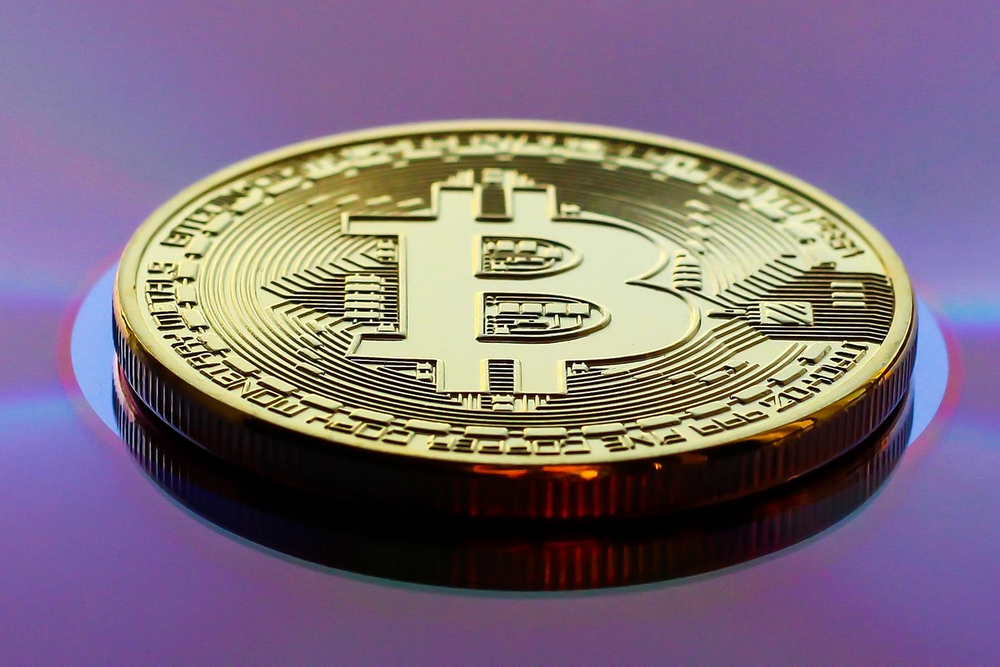In recent years, the number of crimes involving virtual currency-related organizations and leading pyramid schemes has increased significantly in virtual currency-related criminal cases, and even in the entire cybercrime. Especially since the joint release of the "Notice on Further Preventing and Dealing with the Risks of Virtual Currency Trading Speculation" (hereinafter referred to as the "9.24 Notice " ) by ten ministries and commissions of the State in September 2021 , domestic judicial authorities have further intensified their criminal crackdown on the issuance of virtual currency financing (i.e. ICO ). Many project parties that issue virtual currency financing mostly adopt the " recruiting people and rebates " model in their publicity and promotion, which is easy to meet the elements of pyramid scheme crimes in China's criminal law. In addition, some local judicial authorities are very enthusiastic about cracking down on currency-related pyramid schemes to " generate income " . These factors have jointly led to a " small leap " in the number of currency-related pyramid schemes .
As a web3 criminal defense lawyer, I have noticed that many judicial authorities are shockingly rough in handling currency-related pyramid schemes, such as the most important determination of the amount involved.

1. The importance of determining the amount involved in pyramid scheme crimes
According to the Opinions on Several Issues Concerning the Application of Law in Handling Criminal Cases of Organizing and Leading Pyramid Selling Activities jointly issued by the Supreme People's Court, the Supreme People's Procuratorate and the Ministry of Public Security in November 2013 (hereinafter referred to as the Opinions), the elements of the crime of pyramid selling have always required that the number of people involved in pyramid selling activities in the pyramid selling organization must be more than 30 and the number of levels must be more than 3. At this time, there is no direct requirement for the amount involved.
However, when a suspect / defendant is accused of a pyramid scheme crime, another thing that needs to be considered is whether the circumstances of the case meet the standard of " serious circumstances " . For those that do not meet the standard of " serious circumstances " , the sentence is generally less than five years; for those that meet the standard of " serious circumstances " , the sentence needs to be more than five years.
At this point, the importance of the amount involved becomes apparent: also according to the provisions of the "Opinion", if a certain pyramid scheme organization " directly or indirectly collects a cumulative amount of pyramid scheme funds from persons participating in pyramid scheme activities of more than 2.5 million yuan " , it will be considered a serious case of pyramid scheme crime in China's criminal law.
Therefore, it is very important to determine the amount involved in pyramid scheme crimes, as it is related to the length of the sentence the suspect/defendant may be sentenced to in the future.
II. How to determine the amount involved in currency-related pyramid schemes
According to the provisions of the "9.24 Notice " , virtual currencies are not legal tender and should not and cannot be circulated and used as currency in the market. Take Tether USDT as an example. It is a virtual currency issued by the overseas Tether Company ( tether ). It claims that for every USDT issued, it will reserve 1 US dollar to ensure that USDT and the US dollar are equal. Tether will also publish " Daily information about Tether tokens in circulation and quarterly information about our reserves " on its official website (transparency page) to ensure authenticity.

However, China does not recognize that USDT is equivalent to legal tender. China's current regulatory approach to virtual currencies treats virtual currencies as virtual commodities at most.
In pyramid schemes involving currency, even if the suspect /defendant has the purpose of " defrauding others of their property " in pyramid scheme crimes , they are all defrauding others of their virtual currency. Simply put, they are defrauding others of their mainstream virtual currency by issuing worthless air coins. But in this crime model, how to calculate the amount involved (legal currency)?
In current judicial practice, there are several approaches:
The first is to determine the amount involved in the case by the amount of cash realized from the disposal of the virtual currency involved in the case. However, the disadvantage of this approach is that in some cases, the virtual currency seized by the judicial authorities is not entirely the virtual currency involved in the case. For example, when the suspect/defendant uses his own legal funds to speculate in cryptocurrencies, the virtual currency purchased or the virtual currency earned will often be seized by the public security organs in one go. The logic of the public security is also very simple: if you say that a certain part of the virtual currency is legally held, then please produce evidence. This is actually a mistaken reversal of the burden of proof borne by the prosecution in a criminal case to the suspect. Based on the suspect's actual position in the criminal case, he basically does not have the ability and conditions to prove the legality of a certain part of the virtual currency that has been seized;
The second is to determine the amount involved through judicial appraisal opinions or price assessment reports . The opinions issued by third-party appraisal/assessment agencies have a certain " professional aura " and are directly used as evidence by judicial organs in practice. However, in virtual currency cases, there is an insurmountable taboo for appraisal and assessment agencies: we currently do not allow any agency to provide price determination services (i.e. pricing services) for virtual currency transactions, and there are no exceptions to this prohibition. In a case represented by the author, the appraisal agency directly equated USDT with the US dollar, multiplied the amount of USDT involved by 7.3 (the exchange rate of the US dollar to the RMB), and directly determined the amount involved. The bravery of the operation was impressive;
The third is to determine the amount involved in the case according to the market price of virtual currency . There are cases where the amount involved is determined directly based on the market transaction price of the virtual currency involved in the mainstream exchange. This practice is no longer a question of whether it is reasonable, but directly an illegal activity. Reason: The "9.24 Notice " stipulates that " foreign virtual currency exchanges providing services to residents in China through the Internet are illegal financial activities " , so judicial organs are not allowed to visit foreign virtual currency exchanges at all, let alone use the virtual currency transaction prices shown above as the basis for the case;
Fourth, the purchase price of the virtual currency involved is used as the amount involved in the case . In currency-related pyramid schemes, ordinary investors use RMB to purchase mainstream currencies such as USDT, and then exchange USDT for other virtual currencies. In the aforementioned determinations of the amount involved in the case, the starting point is the amount of USDT purchased by the investor as the amount involved in the case (for example, the disposal and realization is actually to exchange the virtual currency involved in the case for USDT before disposal and realization, and the appraisal or evaluation is also directly based on the 1:1 relationship between USDT and the US dollar as the pricing basis, and the market price of virtual currency is also based on USDT as a reference basis). Few judicial organs pay attention to the source of currency-related cases, that is, how much RMB did the parties use to participate in the project involved ?
The author believes that the most reasonable solution to calculate the amount involved is to prove how much RMB the pyramid scheme participants invested in the pyramid scheme project. In fact, strictly speaking, as long as the party has completed the exchange of RMB - virtual currency, then in principle, he has completed the investment behavior of virtual currency. According to the provisions of the "9.24 Notice " , if the investment behavior of virtual currency in China violates public order and good morals (in practice, as long as the investment in virtual currency is determined by the judicial authorities to violate public order and good morals), the investment behavior is not protected by law. At this time, the party takes this virtual currency to exchange for another virtual currency, which is completely out of the scope of Chinese law. Civil law does not protect it, and criminal law should not ask about it. After all, even if USDT, which claims to be a " stable currency " , does not have any national sovereignty endorsement, it is entirely possible that Tether will suddenly go bankrupt tomorrow. In this case, it is estimated that no one will recognize the value of USDT anymore.
Even if the judicial authorities recognize that USDT has actual value (which can be expressed as USDT being property under the criminal law), the amount involved should be determined by the amount of RMB invested by the parties, rather than the other way around by reversing the amount of RMB involved in the virtual currency.
3. Conclusion
Although virtual currencies represented by Bitcoin have been around for more than 15 years, which is long enough for a newborn baby to become a teenager / girl. But this dawn is like a moment for the naturally lagging judicial activities. Therefore, at present, most judicial officials do not understand virtual currencies. At the same time, with our country's strong regulatory policy on virtual currencies, the closed currency circle environment in the mainland is indeed difficult to attract general audiences. This further leads to the fact that the judicial authorities are more likely to remain superficial in their understanding of the attributes of virtual currencies and ignore their essence.














